How to Keep Your Pets Warm this Winter
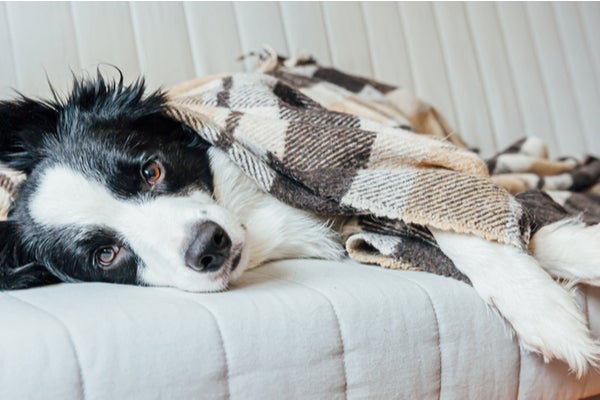
Pets that spend some or all their time outdoors need your help in colder weather. Check out these tips to keep your pets happy and healthy.


Pets that spend some or all their time outdoors need your help in colder weather. Check out these tips to keep your pets happy and healthy.
The onset of colder weather means putting on your snow tires, getting your furnace serviced, and putting a winter breakdown kit in your car. But it's not just the human members of your household who need to prepare for winter weather. Your pets need to be ready, too. These winter pet safety tips can make sure your pets adjust to colder weather as smoothly as possible.
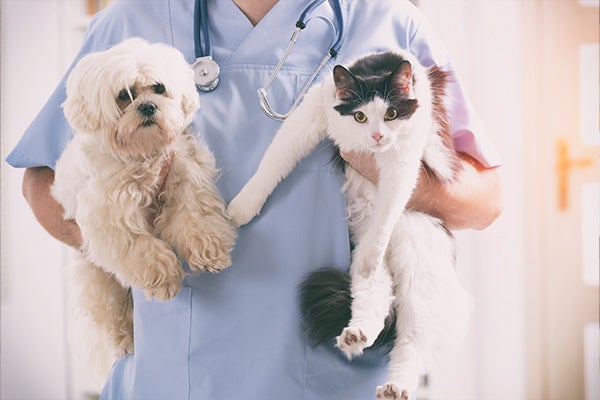
It's not a bad idea to schedule your pet's yearly checkup with the vet right before cold weather hits, especially if they have chronic health issues. Diabetes, heart disease, and arthritis are some of the most common health conditions that make the winter weather harder on your pet. Diabetes and heart disease affect your pet's ability to self-regulate its body temperature. Cold weather can make arthritis more painful and joints stiffer, causing older pets difficulties moving around.
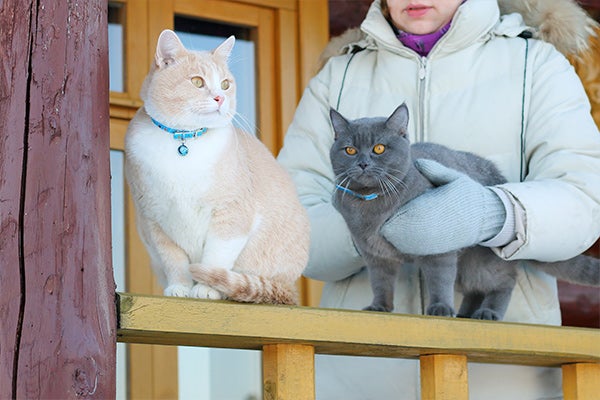
A pet that gets out in the snow can quickly become disoriented and lost. Protect your outdoor pet with a microchip and tags. If you have recently moved or changed your phone number, remember to update the data associated with your pet's chip and get a new collar tag.
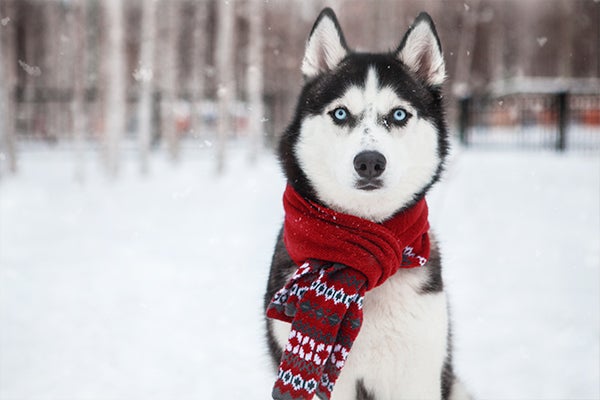
When should you bring your dog inside? With the exception of cold-weather breeds like the husky or samoyed, most dogs don't like the cold. If you think it's cold outside, it's too cold for your dog to be outside.
Of course, if you have a cold-weather breed, it might love being out in the snow and not want to come inside. If you're concerned about how much time your dog is spending outside, talk to your vet about cold weather tips for your pets based on breed.
In winter, outdoor cats will also be better off inside, especially ones with health conditions like those discussed above. You can let out your feline friend on a warmer, sunny day for some fresh air, but you'll be surprised how keen your pet will be to return to the warm shelter of your home once the temperature drops again.
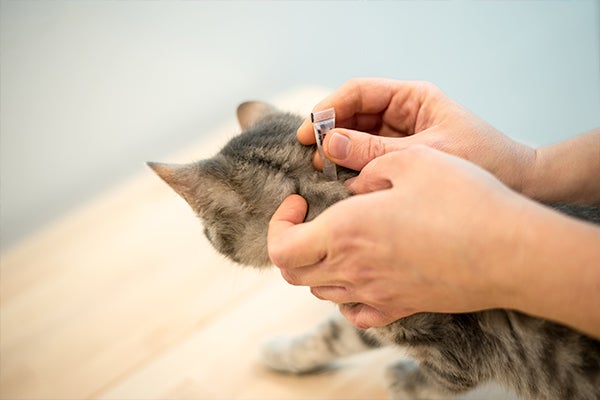
Flea meds are expensive, and it's tempting to discontinue them during the cold winter months when fleas lie dormant. But that can leave your pet vulnerable to fleas and the parasites they carry when the weather warms back up again. Plus, if you don't restart meds soon enough, you could quickly find your house overrun with fleas and have to bomb. It's easier and safer, all around, to keep treating your pets for fleas through the winter, so they stay protected.
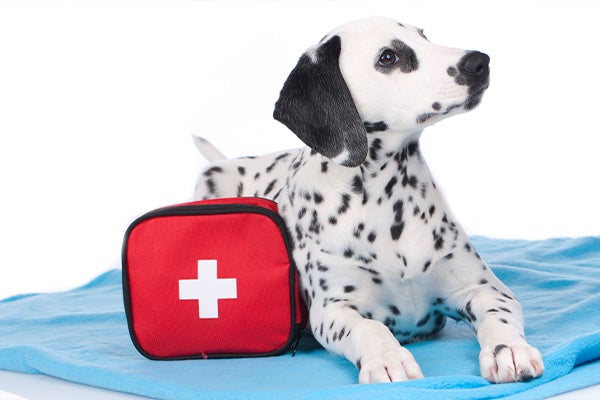
Your winter emergency survival kit should include supplies for your pet. Pack a week's worth of water, plus dry and wet food, a traveling carrier, an extra harness and collar, and at least seven days' worth of medications. Ready, a U.S. Department of Homeland Security's website on disasters and emergency preparedness, also recommends including:

You wouldn't dream of going out for a walk in the snow without your boots, parka, scarf, ear muffs, and gloves. Your pet needs to be bundled up, too, especially if he's a short-haired breed susceptible to the cold. Buy your dog a winter jacket and consider a snood to protect his ears on especially cold days. You also want to protect your pet's feet with snow booties if you go out for walks in the snow or ice.
Thinking about coverage?
Security for your home. Protection for your budget.
Preparing yourself and your pet for cold temperatures is only the first step in keeping your pets warm in winter. Once the chilly weather sets in, you need to make adjustments to your daily life with your furry friend(s) to ensure everyone stays healthy and safe.
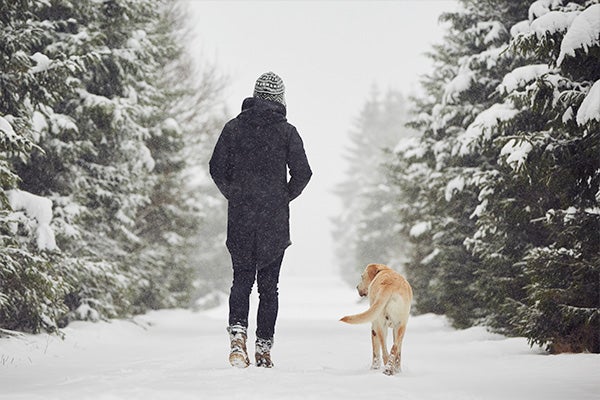
Dogs can slip and fall on the ice, and the longer you're out with your animal, the more likely you are to slip and hurt yourself, perhaps seriously. Cut walks short.
Animals can also get frostbite, especially if they're walking barefoot in the snow, so it’s important to monitor their paws for signs of frostbite. These include discoloration of the skin (often bluish, gray, or pale), pain, swelling, blisters, or ulcers in the affected area. The affected part of its paw will also be brittle and cold to the touch.
With the temperatures dropping, they are also at risk of hypothermia. If they are starting to suffer from mild hypothermia you should notice any of these signs: increased whining, anxiety, shivering, and weakness. If you notice any of these symptoms, take your pooch to the veterinarian immediately to prevent mild hypothermia from getting worse.
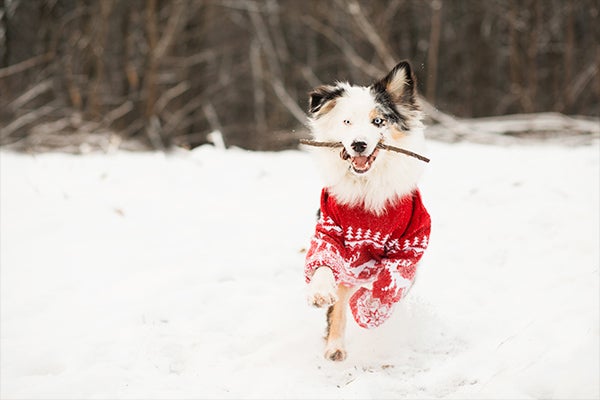
Use all those gorgeous and fun winter clothing you bought for your pet every time you venture out for a walk. Sweaters and coats will keep your dog warm, but booties are just as important, even if the ground isn't covered in snow. The salt and chemicals used to keep roads and walkways free of ice can burn your pet's paws. Booties will protect your dog's feet, but you should wipe down and dry his paws as soon as you get home from a walk. You want to do the same for cats — ingested antifreeze is very toxic to animals, and you don't want your cat or dog to lick it off their paws.
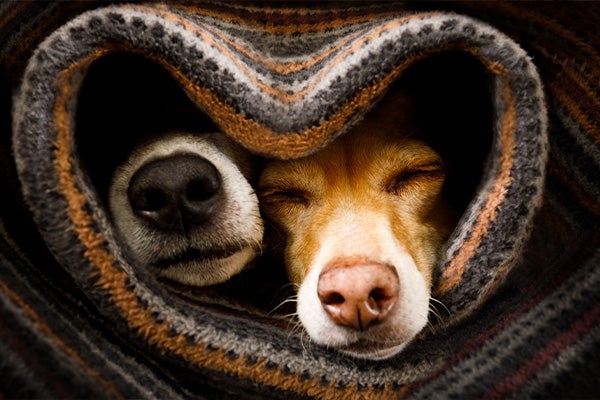
If your furry family member is left outside for long periods of time or is allowed to venture out unsupervised in winter, you want to make sure they have a warm place to retreat in extreme cold. An insulated shelter packed with snuggly blankets is absolutely necessary if your cat or dog sleeps outside at night. You can even add a hot water bottle wrapped in a pet-safe protective material to keep them extra toasty. Don't forget to keep fresh water near the entrance of their shelter so they won't need to leave the warmth of their sleeping nook to stay hydrated. Regardless of how good their outside home is, consider bringing your outdoor pets inside during cold spells and storms.
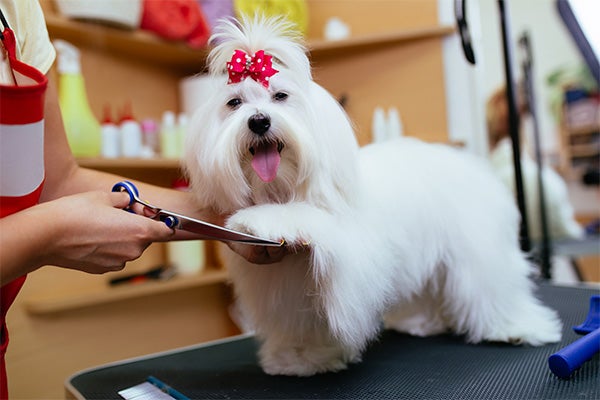
Many dog owners associate going to the groomer with the warmer months, but it's just as important in winter. While a longer coat will keep your dog warmer, you can't just let it grow out. Winter brings puddles, mud, damp clothing, and wet grass with it, which can cause skin problems, shedding, and matting of your pooches' fur. Regular winter grooming is especially important for long-haired pets and those with thicker coats. If you usually wash your dog outside with the hose, in winter, you should bring your pet inside, use warm water, and towel dry immediately after.

Winter dangers for pets aren't all outdoors. Winter-related supplies, accessories, and decorations can pose a serious threat to your pets, especially if you are not used to their presence indoors. Always put your antifreeze away after winterizing your car and check under the hood before starting it up. Keep chocolate, tinsel, yeasty dough, holiday string lights, and other hazards out of your pet's reach. Instead, have plenty of toys and enrichment puzzles handy to occupy your dog or cat for hours. They are the best way to ensure your outdoor pet stays fit during the colder months and reduce pet damage to your home or appliances caused by boredom!
Helping your pets stay warm starts by preparing them and their environment for the colder months. Now that you know what to do, spring into action right away. You don't want to leave it until your dogs and cats suffer from frostbite, rock salt burns, hypothermia, or other winter weather emergencies. Get ready today to keep them happy and healthy all season long.
Learn how a home warranty helps cover unexpected system and appliance failures.

AHS assumes no responsibility, and specifically disclaims all liability, for your use of any and all information contained herein.
Have a plan for your home when things don't go according to plan
Shop Home Warranties